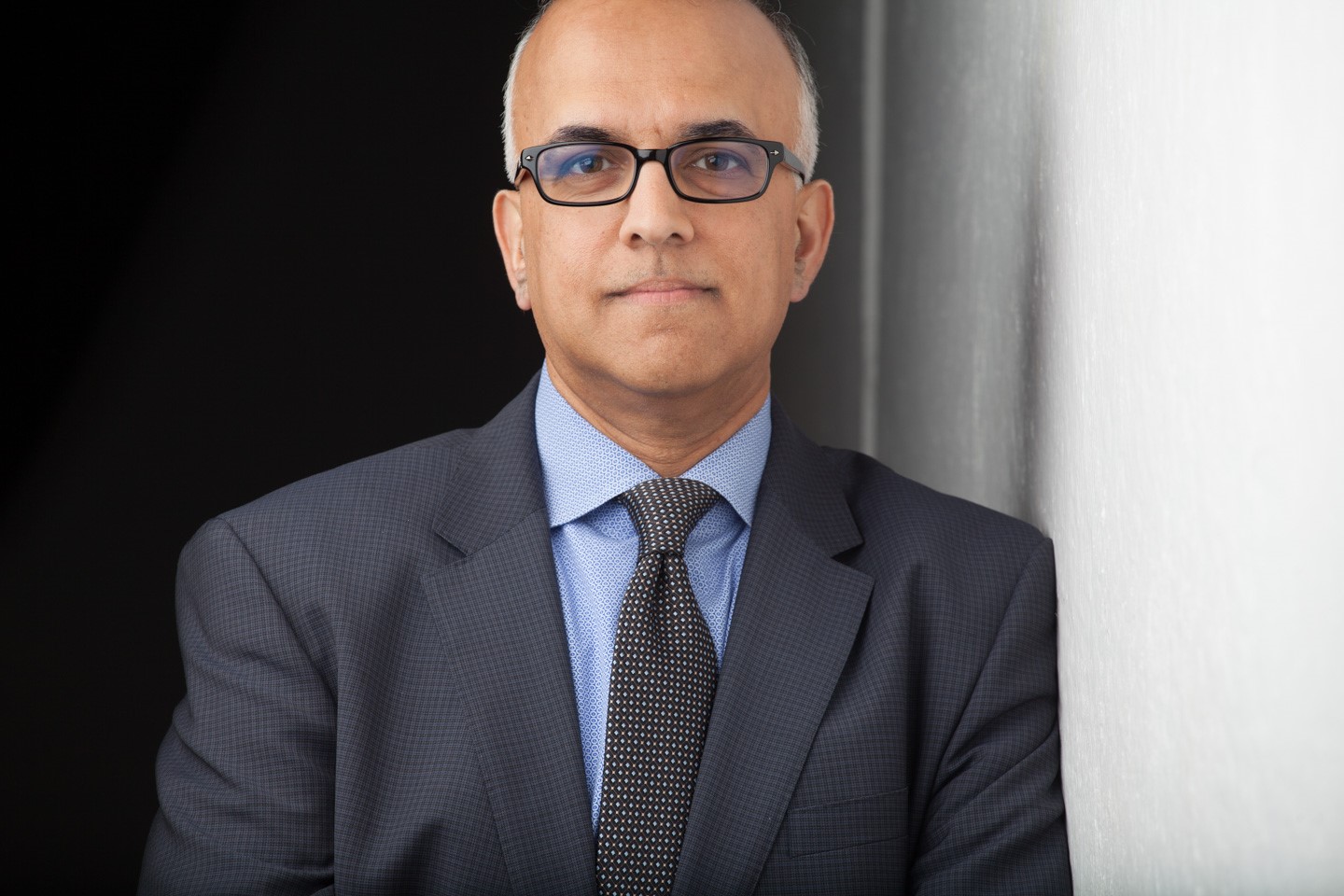
Photo Credit Rob Trendiak
Canada is a tolerant and polite country, which is a strength. But do not mistake our tolerance for acceptance. Racism exists here, too. Growing up in Canada, I endured racial slurs from people who were supposed to be friends. ‘Hindu,’ ‘raghead,’ a minority South Asian boy attending school in a middle-upper class neighborhood in the 1980s.
Graduating with nearly perfect GPA and scholarships, I still felt shame. There was much trauma in my home, and the lines of respect and decency were blurred. Early in my banking career, my senior manager gave me the nickname “Token Nigger.” Within my team, and at large company gatherings, they laughed and slung names from their high-paid mouths. I just took it all, driving the scars deeper. But I resolved not to become the bully. These were the words my mom said when I came home from school in tears: “No one is better than you. You are good; they are ignorant.” They still echo in my ears.
My first branch manager role was Richmond, British Columbia, during the time when the Asian percentages grew in the population. As the branch opened, complete with signage in RED Chinese Characters, I was elated–but confused.
A private chat with the regional VP confirmed my dismay. He told me, “Put your wife’s picture on your desk. All the ‘Chinks’ will love you.”
My wife at that time was Canadian Chinese, born to parents from Mainland China. When my career began, few executives were people of color. But I was motivated to fall into racism. Focusing on my work, I dedicated myself with respect and intelligence, and became CEO at age 31, and Chairman of the Board, shortly thereafter. I was the only “Token Nigger” around the table–at least that is what I felt. But when I finally assumed a position of power, I quietly put in place policies and standards of ethics to ensure that human rights mattered.
When I saw the recent news about Mr. Floyd, I was, like everyone, heartbroken. In previous times, we had no social media or video. Seeing the amateur video of Mr. Floyd’s last breaths horrified me. It was real.
I believe all are born golden and innocent; as we grow, our brain wires thoughts and emotions together from the world around us. I do not believe anyone is born to be racist, but hurt people will hurt other people, and the world is full of hurting people…
While I cannot compare my racist experiences to those of Mr. Floyd, I have worked hard not to let my frustrations turn my hurt into a weapon. It would do no good to turn on others with matching racist behaviors.
How did I learn this? As a lost sheep in my developing years, leaders in my community molded my thinking and brought me back to the flock with decency and respect. A particular teacher in high school watched over me. My mom wired me with words of dignity and “You are enough.” And faith in God that guided me even when I did not know what I was doing.
I made it. The son of a labourer, coming from Fijian parents with Indian roots that have coloured my existence. With no university degree, I used self-education to develop the intelligence of a Doctoral or Masters level. Still, I see someone not worthy, not intelligent; my soul is marked to strive to be the best I can be every day, so as to prove them wrong–without violence, without becoming a hurt one who hurts others.
I want you to know that I am not silent. I am a Quiet Warrior who helps people of all colors through teaching and writing. You can be anything you want to be. “You are enough” to rise from mental health issues, addictions, household violence, and bullying. Do not mistake patience for tolerance.
My brown skin shows people that I am different; meanwhile, my actions show that love and kindness are stronger than either words or violence. If we continue to work with peaceful intentions, eventually we will win the battle. Love over hate. That is The Way of the Quiet Warrior


